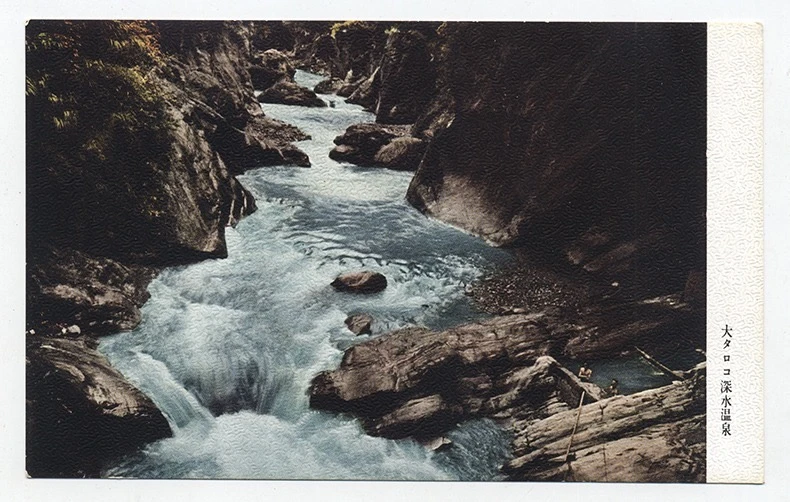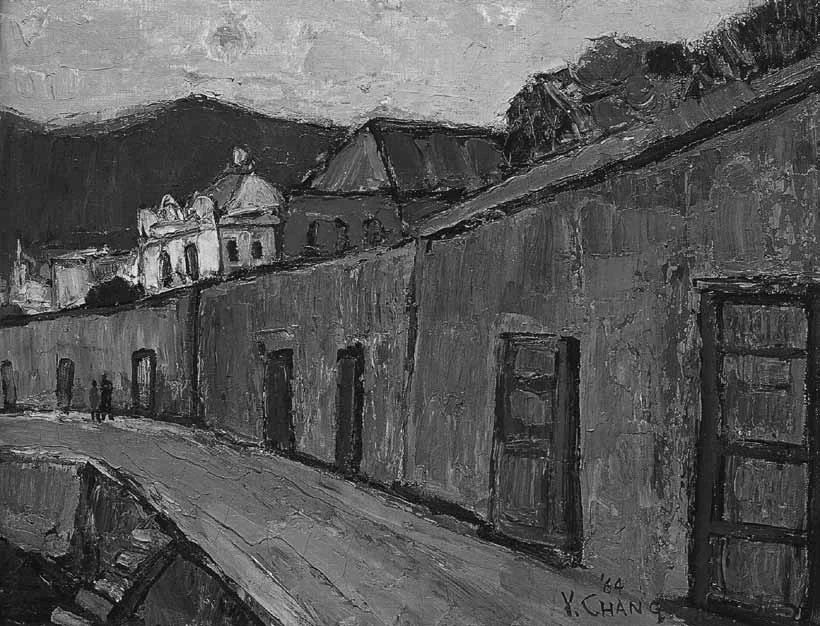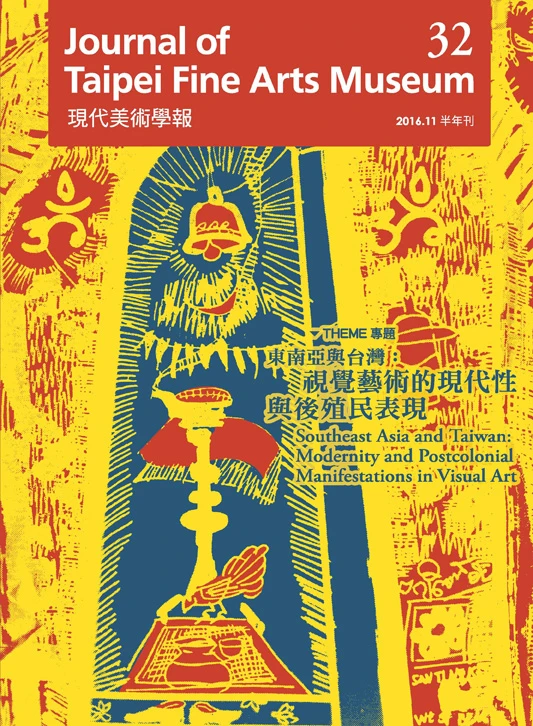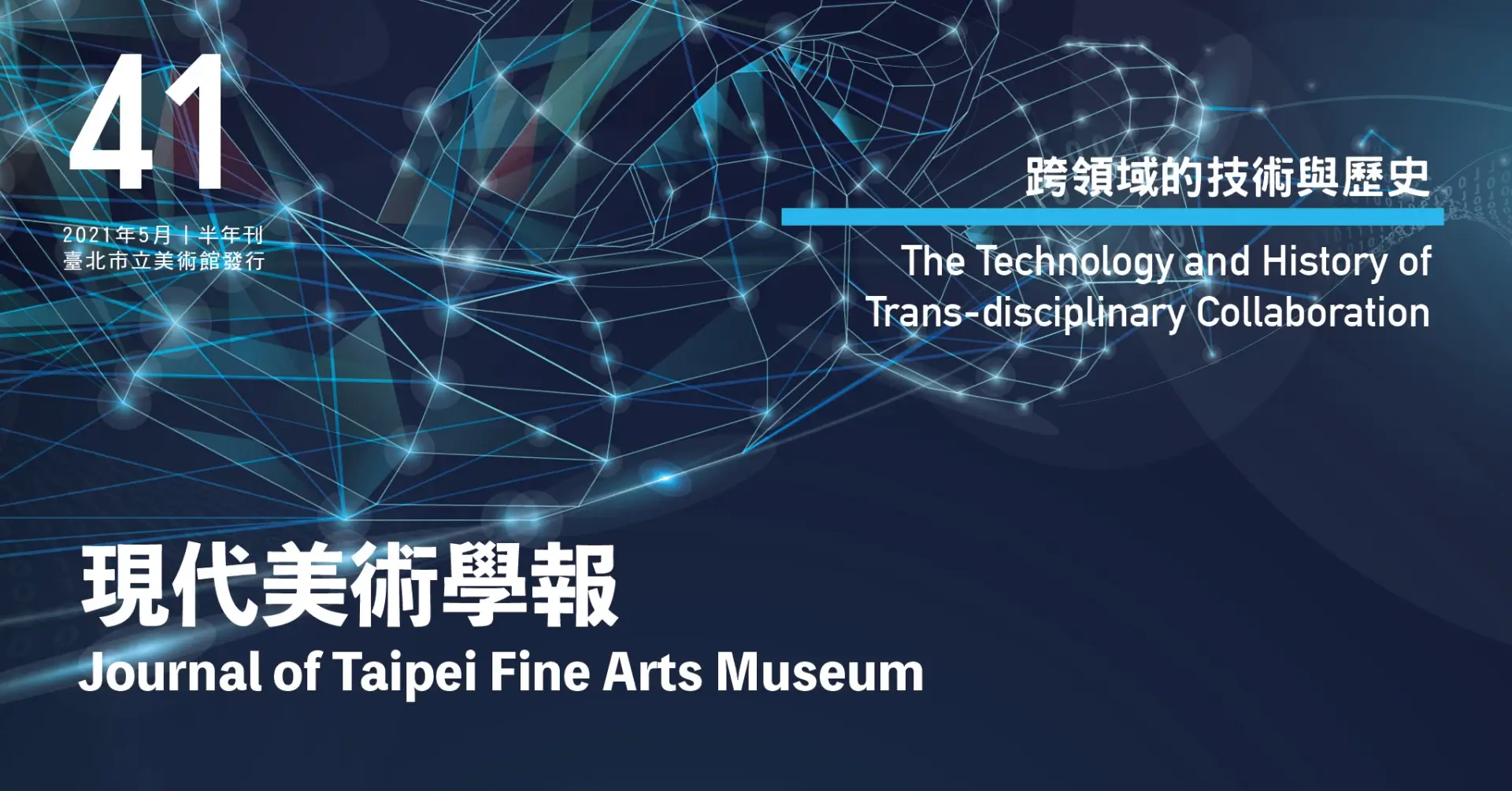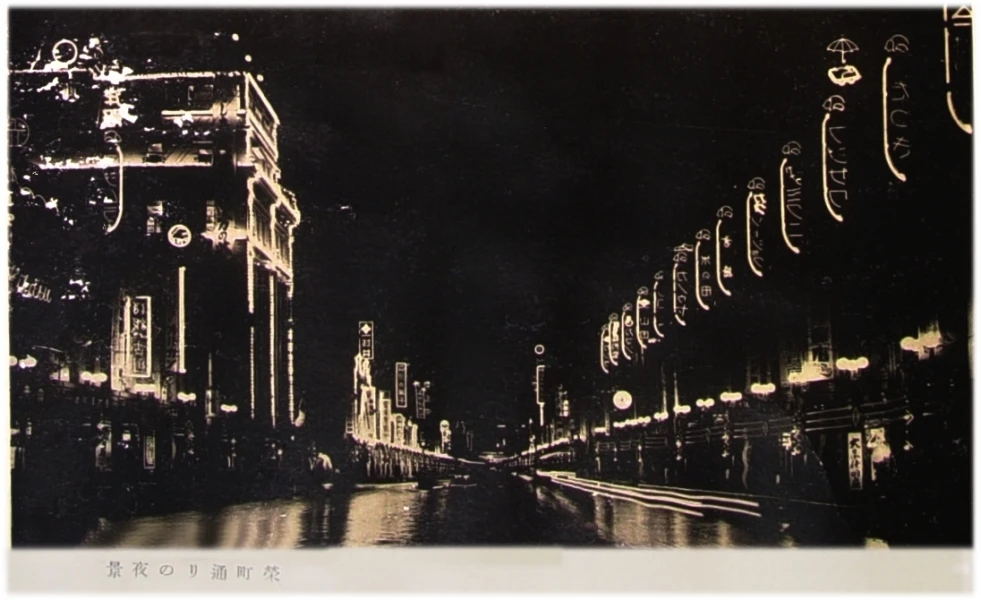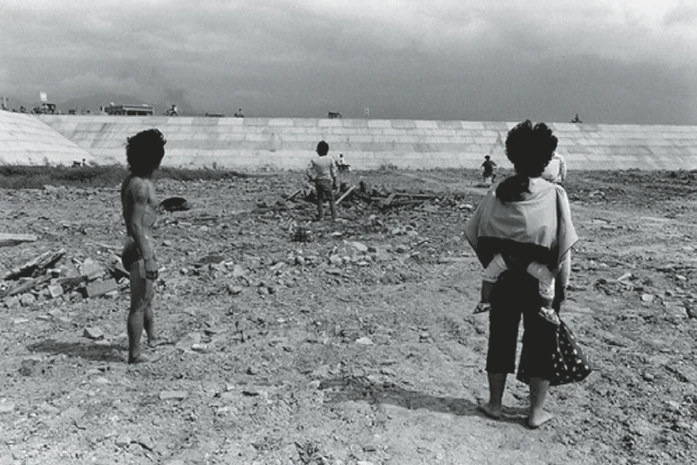摘要
二十一世紀美術館面對典範移轉,營運轉向(turn)和組織服務使命的進化演變(evolution)都追求「新」的介面、模式與動能,「新」的博物館學方法論取代「舊」的博物館思維,37期現代美術學報以「觀眾轉向」(諸眾),「美術館變革」(文化實驗室)、和「美術館地方創生」(觸媒)為思緒發展動線,邀請關於美術館學科領域與管理學、社會創新服務學等擴增領域的學術研究,期盼凝視美術館的轉變歷程,並進一步提問美術館推進社會變革的企圖心和影響力。
在美術館求「新」的各種手法中,科技導入是最顯而易見且影響效果鮮明的作法,曾靖越「從線上到線下:一個虛實整合的觀展想像」即是針對當代社群媒體平台參與特性的一篇研究論文。以「群眾策展」以及「展場自拍」兩種參與型態,銜接線上到線下(O2O)虛實整合的議題,討論創作、策展到觀展傳統經驗運行的改變,除了開放、去中心化等有關觀眾賦權的權力論述之外,本論文進一步討論「群眾外包」並不能完全取代對傳統策展工作的需求,論文結束於美術館生產者、中介者與消費者角色的頻繁互換,是美術館面對「新」科技所引動的文化變革,應理解並凝視的關鍵點。很遺憾,本期專題提議博物館學研究領域的擴張,但回應投遞的數篇論文,僅本文通過審查,因而也引起編輯委員對於學報服務社群及定位,進行嚴肅而深刻的討論。
臺灣美術館的發展歷程,無論是公立的還是私人的,多是由上而下、強大 治理者意志所主導,和西方美術館做為民主革命後布爾喬亞紀念碑的傳 統,不盡相同。但並未因此樹立或貫徹美術館的公共性與社會關聯性,美 術館是否從展示藝術作品、美術歷史文物、人物記憶庫的藝術機構,變成 文化認同、公共教育學 建構的公共性機構?或者如何以美術館作為中介, 面對社會與環境困難議題(wicked questions),發展、部署創意解決方案 的一個對話、辯論、療癒和倡議社會正義與價值的參與式平台?期盼喚起 學術社群更多關注甚至更多行動研究的啟動,跨越倡議走向實踐。
Abstract
Confronting with the paradigm shift, the 21st-century art museums are perusing the "new" interface, mode, and momentum in terms of the operation turn and the evolution of organizational service missions. The “new” methodology of museology replaces the “old” thinking of museums. The Journal of Taipei Fine Arts Museum No. 37 takes "the audience turn" (multitude), "evolution of art museums" (cultural lab), and "art museum placemaking" (catalyst) as the line of thought, inviting academic researches such as museum-related discipline and extensions in management and social innovation services studies. We look forward to reading the evolution of art museums, and further questioning the intention and influence of art museums to bring about social changes.
Among all the methods for the pursuit of the "new" in art museums, the introduction of technology is the most obvious and effective one. TSENG Ching-Yueh's research essay, "Online to Offline⸺ An Imagination of Visiting Exhibitions by ways of Virtual and Real Integration" aims to analyze the participatory nature of contemporary social media platform. The essay bridges two participatory models "crowd-curating" and "on-site selfie-making" with the O2O issues to discuss the alterations of the trajectory from practices, curation to conventional exhibition-viewing experience. In addition to the argument on audience empowerment such as the openness and the decentralization, this essay further explores that "crowdsourcing" cannot fully replace the standard requirements of curation. It concludes with the idea that the frequent exchange among the roles of producers in art museums, mediators, and consumers is the crucial spot the art museums have to pay attention to when facing the cultural evolution actuated by "new" technology. Unfortunately, this issue suggests the expansion of museology; however, this essay was the only one approved among several submissions. Hence, the editorial board has seriously and profoundly discussed the target community and positioning of this journal.
The development of Taiwan's public and private art museums is dominated by the will of powerful governors from the top down, which is different from the tradition of western art museums as the monument of bourgeois after the democratic revolution. However, publicity and social connection have not been established or implemented. Have the art museums altered from art institutions that display artworks, properties of art history, and the collective memories to public institution constituted by cultural identity and public pedagogy? Alternatively, how should we develop and deploy a participatory platform for dialogue, debates, healing and advocacy of social justice and values in the face of wicked questions of society and environment with the mediation of art museums? We genuinely hope to arouse more attention from the academic community and even launch more action-oriented research to reach the goal of practices.

